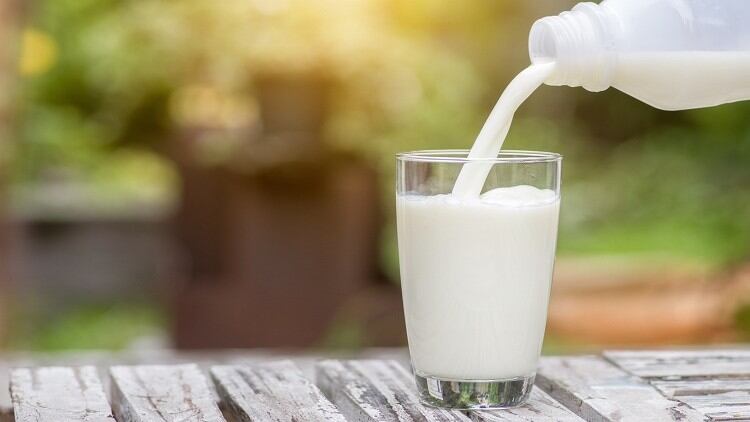The switch to focus on food started in mid-June when a new outbreak of COVID-19 infections in Beijing was linked to salmon from a wholesale food market.
This prompted China to implement wide-scale COVID-19 inspections on fresh foods – According to data from the General Administration of Customs China (GACC), over 15,600 samples have been tested, although so far all results have been returned as negative.
Nonetheless, the salmon incident seems to have hit a nerve with the republic, as not long after this multiple fresh food firms exporting to China were issued with letters to sign in order to continue exports, or risk being refused entry, according to reports circulating on Chinese social media app Weixin (WeChat).
According to the letter which was first circulated by Chinese seafood platform Seafood Guide, companies who signed this promised that: “[Company name] will comply with Chinese laws, regulations and standards and the ‘COVID-19 and food safety: Guidance for Food Businesses’ document published by the UN FAO and WHO in order to ensure that food and edible agriculture products exported into China are not contaminated with the COVID-19 virus.”
“In the event that a new case/suspected case of COVID-19 is detected [or] if there is a risk of contamination of goods exported to China, we are willing to take all necessary measures to eliminate safety risks and protect consumer health.”
Several examples of these signed letters were published, showing that major fresh food exporters had signed this, especially those dealing in salmon and other seafood, such as Norway Royal Salmon and India’s Naga Hanuman.
Even though not specifically stated, these letters basically allow the GACC to suspend all imports from any facility that sees COVID-19 infections – though it has already done this previously without such letters.
Examples have included a ban on poultry imports from a Tyson Foods plant in the United States where a COVID-19 cluster broke out, and on pork imports from a Tönnies Lebensmittel meat factory in Germany.
It also pre-emptively announced that poultry imports from the United Kingdom had ‘not yet received permissions to enter China’, citing the COVID-19 outbreak at ‘a British poultry plant’ which it did not name, but was likely referring to the 2 Sisters chicken factory in Wales based on the timeline.
Interestingly, China appears to still be open to foreign imports for processed items such as whey permeate which the country recently set new standards for, allowing whey permeate imports from all countries to enter.
Not all satisfied with turn of events
Although the letters by many firms, these and the bans have become a bone of contention with some other countries such as the United States, with industry body Western Growers making a formal complaint to the US Department of Agriculture (USDA) and US Trade Representative offices.
“The recent move by Chinese authorities to require a statement of undertaking for food importers is not based on any legitimate food safety concern,” said Western Growers President and CEO Dave Puglia in a formal statement.
“We are aware that the Trump Administration has objected to China’s actions and request that the administration continue to pressure the Chinese government until it reverses this ill-timed and scientifically indefensible trade barrier.”
The US Food and Drug Administration (FDA) and USDA have also issued a veiled statement condemning these actions, saying that none of it is based on solid science.
“[Efforts] by some countries to restrict global food exports related to COVID-19 transmission are not consistent with the known science of transmission,” said US Secretary of Agriculture Sonny Perdue and FDA Commissioner Stephen M Hahn.
“There is no evidence that people can contract COVID-19 from food or from food packaging. The US food safety system, overseen by our agencies, is the global leader in ensuring the safety of our food products, including product for export.”
The Singapore Food Agency (SFA) concurred with the view that food and food packaging is not a viable infection carrier.
“There is currently no evidence to support the transmission of COVID-19 associated with food and food packaging that may have been exposed to an infected person,” said SFA.
“This means that there is a very low risk of spread from food, product and packaging that may have been exposed to an infected person. Hence, there is no need to dispose of food and the food is safe to eat.”
China is also currently involved in a bitter spat with Australia. This started with a ‘trade war’ of sorts over barley and beef, which analysts previously described as ‘over-sensationalised’ – but has since developed to become a matter of national security with Australia accusing China of espionage activities and vice versa.
According to Financial Times, Australia is now in the midst of recruiting 500 ‘cyber-spies’ as part of an A$1.35bn (US$930m) investment over the next decade in the name of cyber defense.
Perhaps due to the unhappiness mounting on many parts, China is also making new attempts to modernise its local food supply, including plans to develop the local cell-based meat sector as a novel source of protein.





